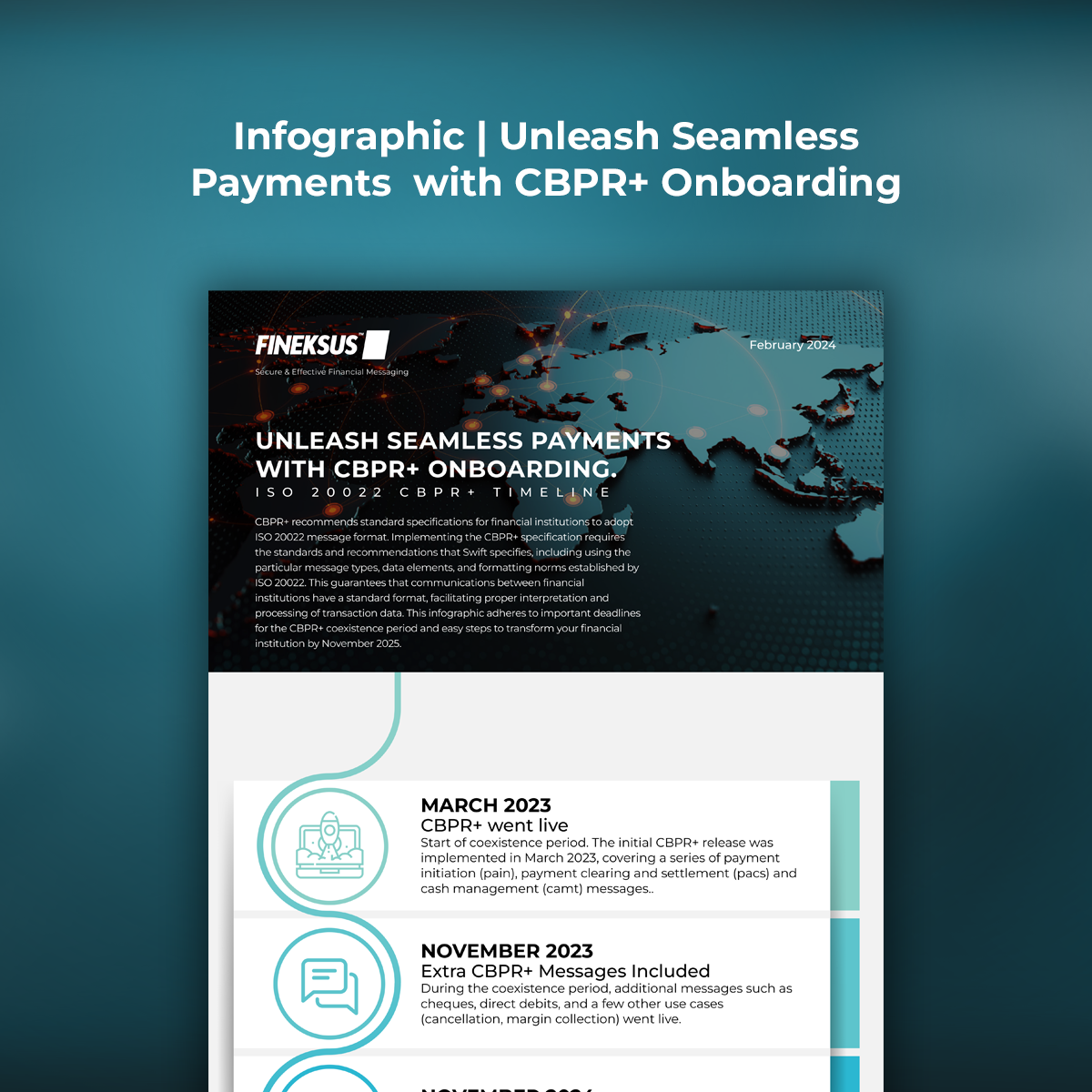
High Intensity Financial Crime Area (HIFCA)
High Intensity Financial Crime Areas (HIFCA) or High Risk Money Laundering and Related Financial Crime Areas are defined in the United States as the locations that specially pose a high risk of money laundering or financial crime. As the High Intensity Financial Crime Area (HIFCA) programs aim to support law enforcement agencies in their fight against money laundering and other financial crimes, they are also appropriate for the anti-money laundering (AML) and combatting financial terrorism (CFT) activities of the financial institutions. The financial institutions can benefit from HIFCA programs in their risk assessment processes and in their contribution to the fight against money laundering.
According to the FATF Recommendations, the countries are entitled to implement risk-based AML compliance solutions to refer to the international threat of money laundering. Conformably, the financial institutions in the US are required to recognize and address geographical risk factors in their anti-money laundering programs according to the money laundering law of the US. In summary, it means that the financial institutions need to give a fair amount of importance to the HIFCAs in their compliance considerations.
One money-laundering action team is assigned to each HIFCA-designated location. The team is responsible for the coordination of related law enforcement actions. Individuals from federal, state and local authorities, as well as prosecutors and representatives of regulatory bodies, constitute the action team.
HIFCA Regions
Currently, there are 7 HIFCA regions that spread through the United States, the US Virgin Islands and Puerto Rico. The assignment of the regions is based on specific countries or all the counties in each state:
- California Northern District
- California Southern District
- Southwest Border
- South Florida
- Chicago
- New York
- Puerto Rico
AML Compliance and HIFCA
To be able to detect the money laundering risks that are posed by the High-Intensity Financial Crime Areas (HIFCA), the financial institutions need to ensure that they implement AML/CFT programs including the measures and checks listed below:
- Customer Due Diligence (CDD): When doing business with the customers from the HIFCA regions, companies need to apply relevant customer due diligence (CDD) measures. In order to achieve an efficient CDD, the minimum information needed to obtain are names, addresses, dates of birth and in case of a customer entity, beneficial ownership information.
- Transaction Monitoring: It is crucial for the companies to operate effective monitoring of the transaction of their customers and act upon the suspicious activity on time in order to make sure that they detect potential money laundering activities in HIFCA.
- Screening and Monitoring: The companies are also entitled with screening and monitoring their customers against different possible risk data which might be useful for their HIFCA risk assessment procedures which include but are not limited to the adverse media screening and PEP (Politically Exposed Person) checks.
Smart Way to Manage the Risk
The risks that the HIFCA region presents involve a vast amount of data to be managed. To remain compliant with the regulatory obligations and manage the huge amount of data, the financial institutions prefer to integrate smart technology tools which are both cost-friendly and time-efficient. The automated smart technology provides pace and precision for the AML compliance procedures. Also, in comparison to the manual process, it minimizes the potential human errors and compliance penalties. Additionally, with the integration of AI and machine learning tools, companies can benefit from managing and analyzing the unstructured risk data that HIFCAs submit.

